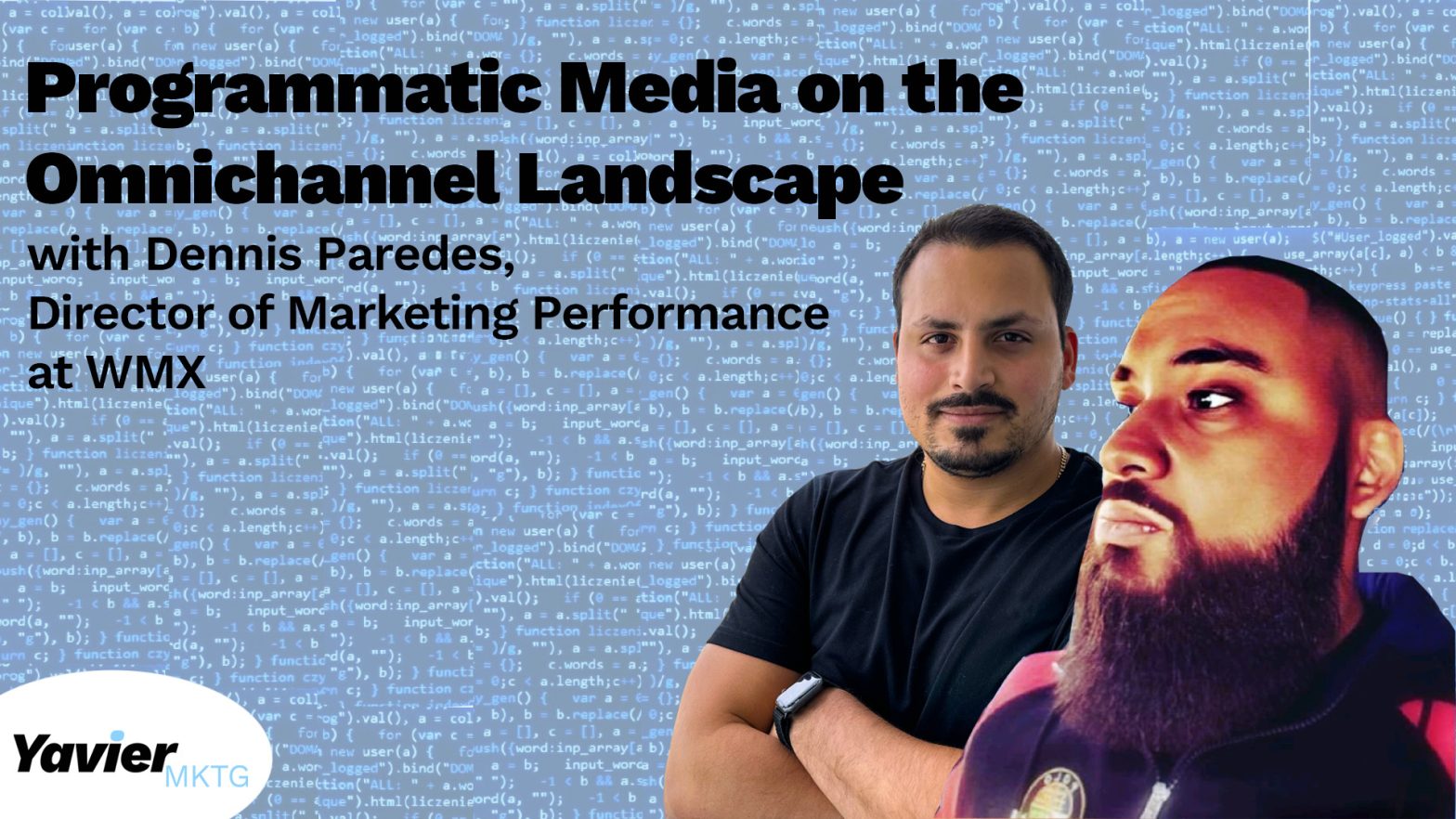Business owners constantly want to launch paid ad campaigns to create revenue out of them. Some launch digital campaigns or any traditional channels, and they get frustrated because they don’t see the ROI instantly. Paid ad campaigns will not necessarily give you a return on investment, but I can contribute to a brand’s equity along with other communication marketing efforts. A good marketing communication message will not only create sales but will tackle the stages of the consumer, which come before considering or after the purchase of a brand’s product. It can contribute to brand awareness or to creating, maintaining, or strengthening specific brand associations people have.
When running ad campaigns for our clients in the agency, we ensure that our client’s brand communication is clear and will be effective in building brand equity. We do focus on creating revenue, but before making prospects buy the product, we must create brand awareness so a consideration phase can be driven and purchase can happen, just like the funnel discussed in my last post. We usually follow the most common three steps based on the Strategic Brand Management book to make this happen.
- Current Brand Knowledge: What is the current brand knowledge? Have you created a detailed mental map?
- What is your desired brand knowledge? Have you defined optimal points-parity, point of difference, and a brand mantra?
- Communication: How does the communication option help the brand get from current to desired knowledge with consumers? Have you clarified the specific effect on knowledge engendered by communication?
The model should look something like this:

Let’s use McDonalds as an example. Step one will be to determine what McDonald’s is known for. We all know it is fast food. Some will think that their food is unhealthy, others will say that it is practical since it is fast, others will say that their fries are the best one of all fast food, and other thoughts and opinions about the brand will come up. For step two, we know there are many thoughts about McDonald’s, but what does McDonald’s as a brand want people to recognize, or what knowledge does McDonald’s want to offer consumers so brand equity is affected in a good way? When thinking about this, the point of parity and point of difference must be defined. A good point of difference is that they have McCafé in some locations, their fries are the favorite in the market, their partnerships, how a franchise is built, and more. An example of points of parity are burgers, fries, fast food, and drive-thru; locations compared with competitors are similar, and they have a kitchen where to make food. Once this is determined, we should emphasize what the brand mantra is.
As of Step three, we must define how the communication will get the brand from current knowledge and thought to McDonald’s desired knowledge to the consumer.
Marketers recommend the following persuasion process to create a new perspective, change thoughts, or communicate knowledge for the brand based on.

1. Exposure: the consumer must see or hear the communication
2. Attention: the consumer must notice the communication
3. Comprehension: The consumer must understand the intended message or argument of the communication
4. Yielding: the consumer must respond favorably to the intended message or argument of the communication
5. Intentions: the consumer must plan to act in the desired manner of the communication
6. Behavior: the consumer must act in the desired manner of the communication

All these processes or steps are being followed and monitored every time we get a new client that wants to run a paid media campaign under the WMX agency. Based on that, we created strategies and tactics for digital media that have continuously driven positive ROAS for years. Also, all setups implemented in our campaigns come from these processes, along with other brand aspects that clients provide. Other than ROAS, brand awareness has been increasing since the data we are able to see; we can say that website visitors, blog posting, reviews, and other aspects have been increasing significantly yearly. As an agency, we ensure that our marketing efforts contribute to the brand equity so our clients, whom we call partners, can afford our efforts and generate revenue even more than what they are spending on marketing. In other words, we make sure that they have a positive ROI. We don’t spend our partner’s media budget. We invest it.







Leave a Reply